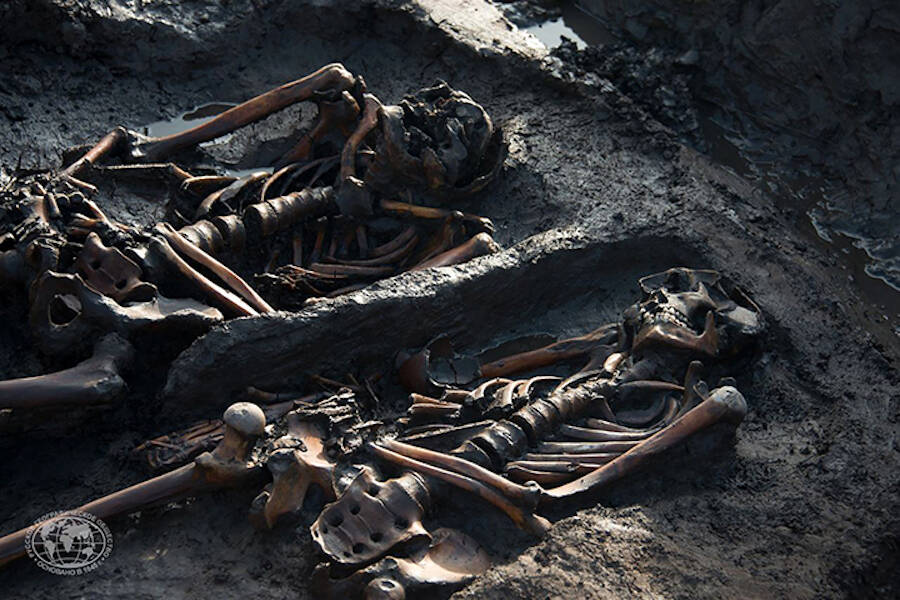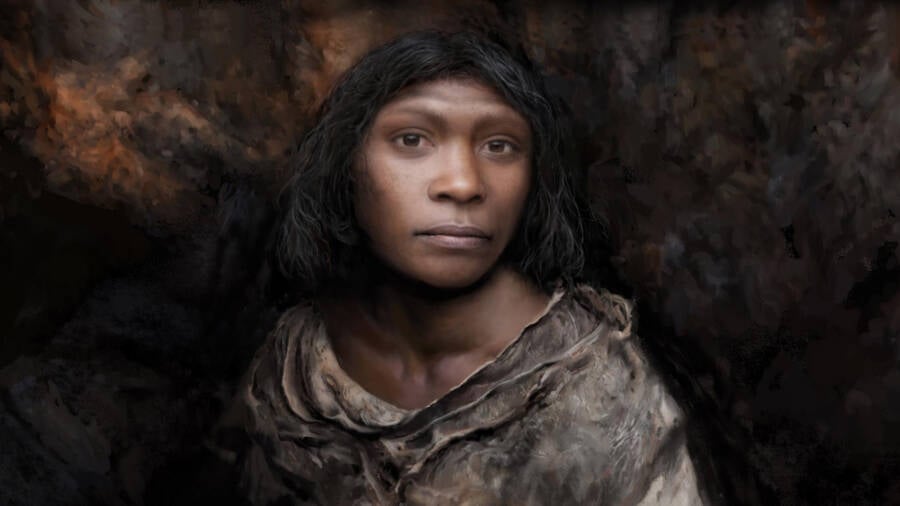Cold War radioactivity discovered in today's honey, ancient warriors may be cloned in Russia, victim of prehistoric cannibal slaughter identified.
American Honey Is Riddled With Radioactivity From Nuclear Tests Conducted During The Cold War

Library of CongressThe mushroom cloud resulting from an underwater U.S. nuclear test at Bikini Atoll in July 1946.
Since 1945, the U.S. has tested more than 1,000 nuclear bombs, unleashing some 27,000 times the atomic yield that devastated Hiroshima. And these decades of devastation have wrought untold havoc on the nation, with more than a million Americans having died because of these tests. And now, scientists have just uncovered another disturbing after-effect of Cold War nuclear testing: radioactive honey.
A recent study found that more than half of American honey samples tested had some 870,000 atoms of toxic radiocesium per tablespoon. But despite this alarming news, the government insists that honey is safe and that its radioactivity levels are well below the allowable amount.
Learn more here.
Russian Defense Minister Announces Plan To Resurrect A 3,000-Year-Old Scythian Army Through Cloning

Russian Geographical SocietyThe oldest remains unearthed in the “Valley of the Kings” date back to the ninth century B.C.
Just two decades ago, archaeologists in Siberia made the discovery of a lifetime. Buried in the Republic of Tuva were the remains of 3,000-year-old Scythian warriors with their horses. Not content to let them rest, Russian Defense Minister Sergei Shoigu has now announced plans to clone them.
Read on in this report.
Prehistoric Cannibalized Remains In Spanish Cave Identified As 11-Year-Old Girl

Tom BjörklundA partial face reconstruction of “The Boy of Gran Dolina,” entirely based on the recovered tooth fragments.
The Spanish archaeological site of Atapuerca is famous for containing the earliest evidence in Europe of the species that preceded humankind. It even yielded the nearly million-year-old remains of a whole new species in 1994 — as well as evidence that some of them had been cannibalized.
One of those victims became famous as “The Boy of Gran Dolina.” However, new evidence shows that this boy was actually a girl.
See more here.





